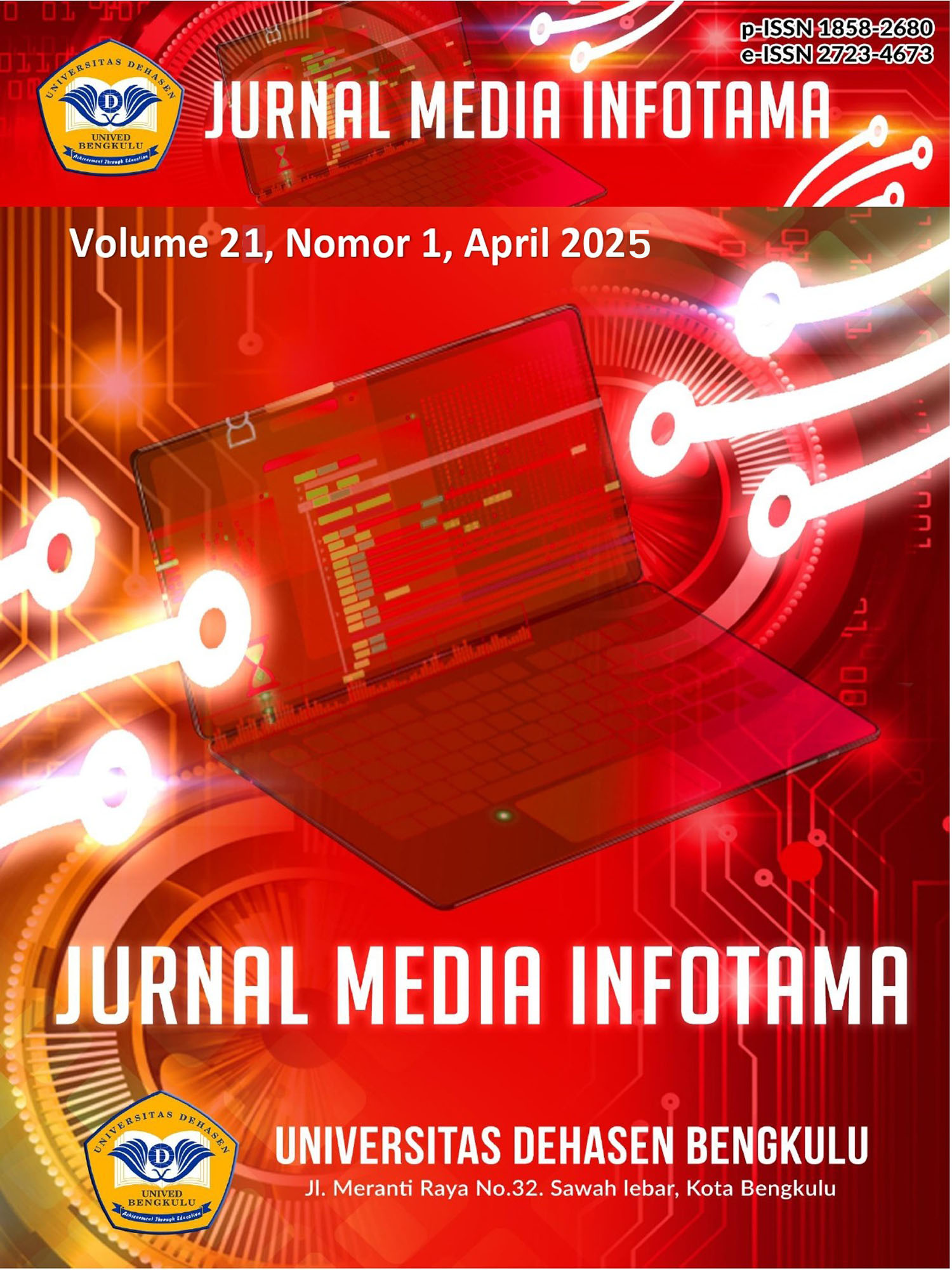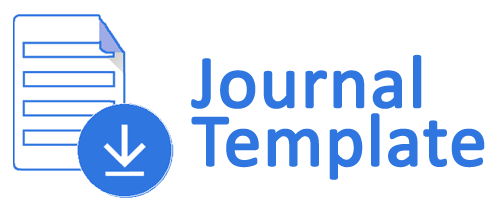Sistem Informasi Data Nilai Siswa Pada Sekolah Menengah Kejuruan Negeri 03 Empat Lawang Sumatera Selatan
Abstract
SMK Negeri 03 Empat Lawang of South Sumatra is an agency that operates in the field of education, the objective that must be observed SMK Negeri 03 Empat Lawang of South Sumatra is the process of processing student value data, the procedures that occur in processing student value data are still manual or written, the values students and lecturers are collected in a large number of papers and it makes it difficult for teachers, admins to control them, the problems that occur include quite a few test papers, assignments, final semester exams being lost, students also have to wait a long time to find out their grades, therefore in this final assignment discusses the PHP MYSQL-based student grade data information system at SMK Negeri 03 Empat Lawang of South Sumatra. The software development method used is Waterfall, and in the research process the data collection techniques used include interview observation and literature study, this grade data information system designed to simplify the way teachers and admins work in managing student grade data such as per meter report cards, apart from that, students can also view and print their own report cards online.
Downloads
References
[2] Agarwal, tayal, & Gupta, J. (2010).kualitas perangkat lunak Performance Testing Guidance for Web Applications. Microsoft Corporation.
[3] Bieman, J. M., & Kang, B.-K. 2020). Cohesion and reuse in an object-oriented system. Proceedings of the 2020 Symposium on Software, 259-262.
[4] Chemuturi, M. (2011). Mastering Software Quality Assurance. J.Ross Publishing.
[5] Lewis, J. (1018). IBM Computer Usability Satisfaction Questionnaires: Psychometric Evaluation and Instructions for Use. International Journal of Human-Computer Interaction, 57-58.
[6] McConnel, S. (2019). Code Complete. Redmon: Microsoft Press.
[7] Kadir , C. C., & Arief , M. Á. (20016). Hypertext preprocessorHandbook of Research on Web Information Systems Quality. New York: InformatIon scIence reference.
[8] Pressman, A., & Zeithaml, V. (2010). Pengenbangan perangkat lunak: A Multi-Item Scale for Measuring Consumer Perception of S. Journal of Retailing, 2-40.
[9] Reynolds A. T. (20011). Sistem informasi manajemenTechnology, e-learning and Distance Education. Taylor & Francis.
.[10] Rosenberg, L. (2006). Software Quality Metrics for Object Oriented System Environments. NASA Technical, 11-58
[11] Sulhan, A., Wixom, B. H., & Roth, R. M. (2011). Mysql databaseselver. Hoboken: John Willey & Sons.
[12] Singh, I. P. (2008). An approach for Security Testing of Web Applications. Retrieved August 10, 2012, from http://www.softwaretestinghelp.com/security-testing-of-web-applications/
[13] Stair, R. M., & Reynolds, G. W. (2011). Fundamental of Information Systems. USA: Cengage Learning.
[14] Subraya, B. M. (2006). Integrated Aproach to Web Performance Testing : A Practitioner's Guide. IRM Press.
[15] Sugiyono. (2010). Statistika untuk Penelitian. Bandung: Alfabeta.
[16] Sahraoui, H. A., Godin, R., & Miceli, T. (2016). Can Metrics Help Bridging the Gap Between the Improvement of OO Design Quality and Its Automation?
[17] Salahudin, M., & Rosa, A. (2011). Modul Pembelajaran Rekayasa Perangkat Lunak (Terstruktur dan Berorientasi Objek). Bandung: Penerbit Modula.
[18] Saradhi, M. V. (2010). A Quality Indicator for Software Interoperability. International Journal of Engineering Science and Technology, 2587-2594.
[19] Sukardjo. (20017). Evaluasi Pembelajaran. Universitas Negeri Yogyakarta.
[20] Team, O. (2010). Objecteering Metrics User Guide. Retrieved 05 25, 2013, from Objecteering: http://support.objecteering.com
[21] wibawanto, S. M. (2017). Conceptual Cohesion of Classes in Object Oriented Systems. International Journal of Computer Science and Telecommunications, 38-44.
Copyright (c) 2025 Meta Ulandari; Asnawati Asnawati, Ricky Zulfiandry

This work is licensed under a Creative Commons Attribution-ShareAlike 4.0 International License.
An author who publishes in Jurnal Media Infotama agrees to the following terms:The author holds the copyright and grants the journal the right of first publication of the work simultaneously licensed under the Creative Commons Attribution-Share Alike 4.0 License which allows others to share the work with acknowledgment of the work's authorship and initial publication in this journal.Submission of a manuscript implies that the submitted work has not been previously published (except as part of a thesis or report, or abstract); that it is not being considered for publication elsewhere; that its publication has been approved by all co-authors. If and when a manuscript is accepted for publication, the author retains the copyright and retains the publishing rights without limitation.
For new inventions, authors are advised to administer the patent before publication. The license type is CC-BY-SA 4.0.
MEDIA INFORMATION REVIEW: Journal of the Faculty of Computer Science is licensed under a Creative Commons Attribution-ShareAlike 4.0 International License.You are free to:Share
— copy and redistribute material in any medium or formatAdapt
— remix, modify and develop materialfor any purpose, even commercial.
The licensor cannot revoke this freedom as long as you follow the license terms












.png)


